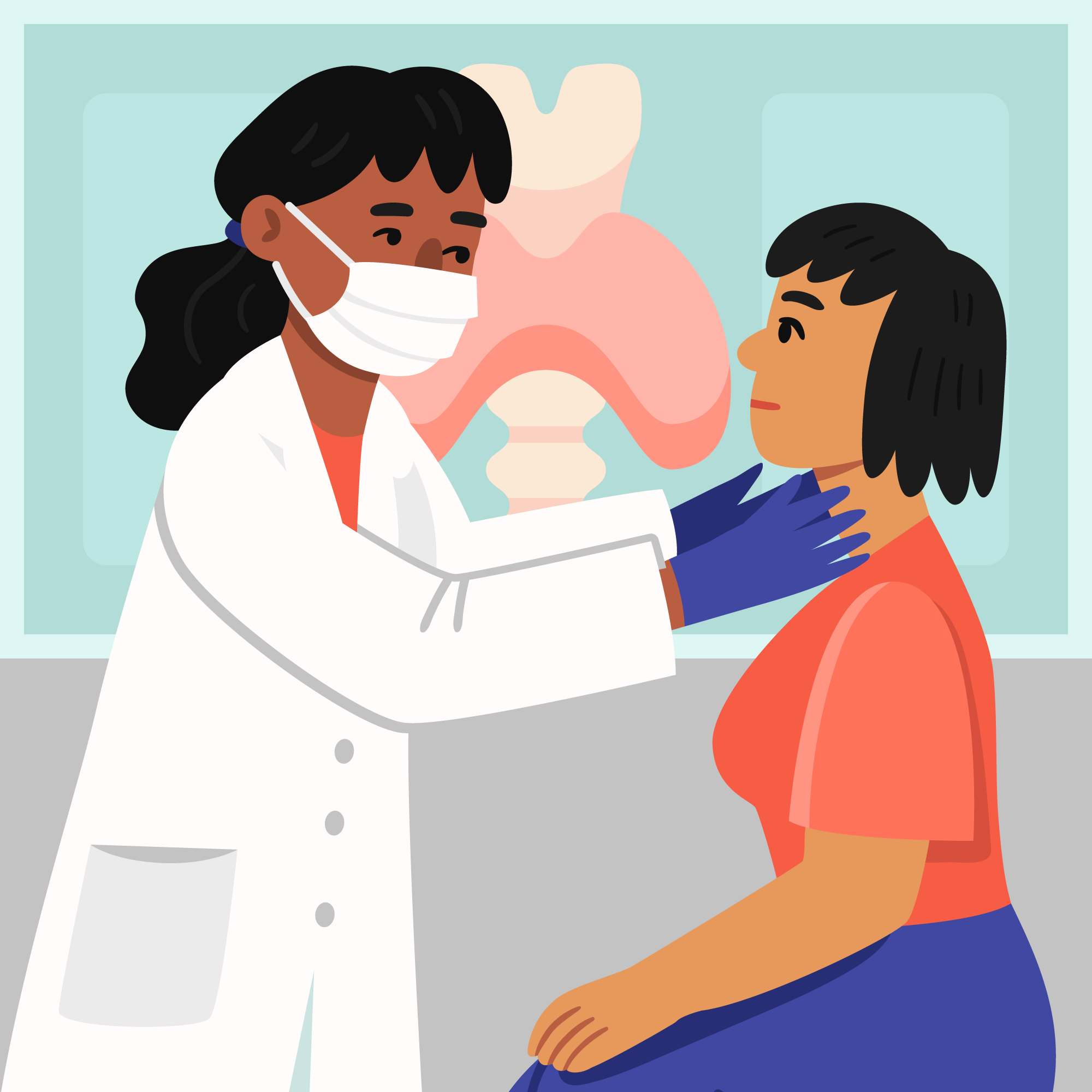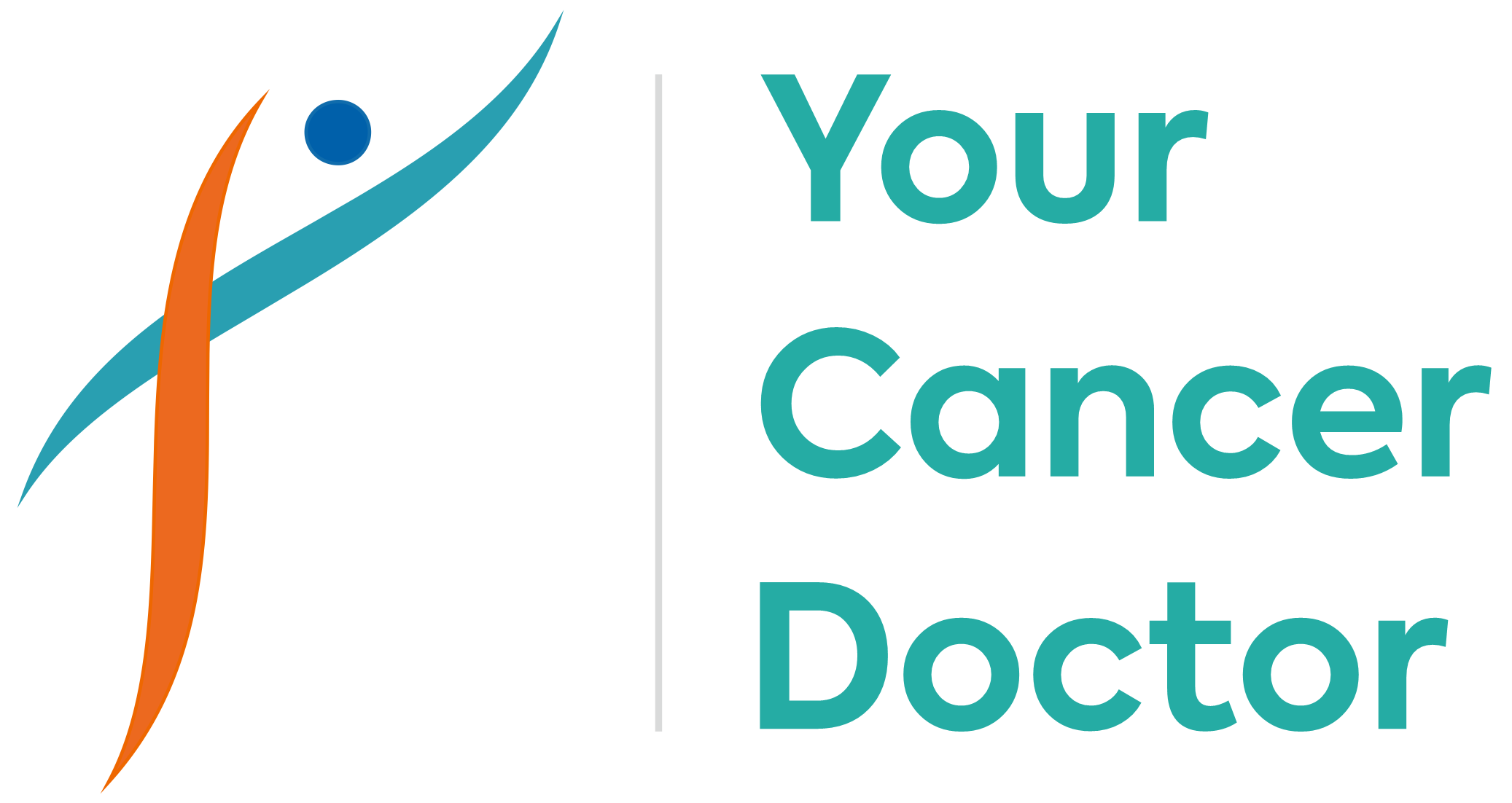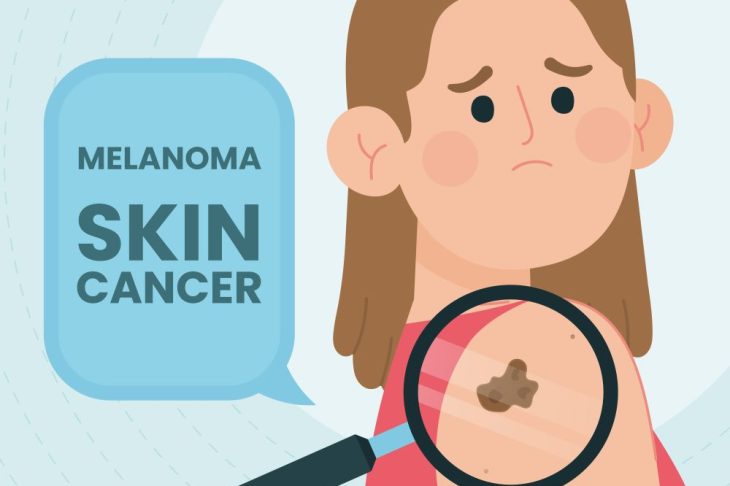
Understanding Throat Cancer: Causes, Symptoms, Treatment and Prevention
Understanding Throat Cancer: Causes, Symptoms, Treatment and Prevention
Throat cancer is a global health concern that refers to a variety of cancers that can arise in the larynx, pharynx, or other structures inside the throat. Even if the general incidence is not as high as it is for other malignancies, early detection and treatment depend heavily on knowledge and comprehension.
What is Throat Cancer?
Throat cancer primarily refers to cancers that develop in the throat (pharynx) and the voice box (larynx). The pharynx is divided into three parts:
- Nasopharynx: Located behind the nose.
- Oropharynx: Found in the middle part of the throat, including the back of the mouth and the base of the tongue.
- Hypopharynx: The bottom part of the throat that leads into the oesophagus.
Throat cancers can be classified as squamous cell carcinomas, which are the most common type, arising from the thin, flat cells lining the throat.
Causes and Risk Factors:
Several factors contribute to the development of throat cancer, they are:
- Tobacco Use: Chewing tobacco and smoking are major risk factors. Tobacco carcinogens have the ability to harm throat cells, which can result in cancer.
- Alcohol Consumption: The risk of throat cancer increases when alcohol drinking excessively, particularly when combined with tobacco use.
- Human Papillomavirus (HPV): Certain strains of HPV, particularly HPV-16, are linked to oropharyngeal cancers. The incidence of HPV-related throat cancer has been rising in recent years.
- Age and Gender: Throat cancer is more common in men and tends to affect older adults, usually over the age of 50.
- Poor Nutrition: A diet low in fruits and vegetables can increase the risk of throat cancer.
- Exposure to Certain Chemicals: Occupational exposure to chemicals, such as asbestos, wood dust, and certain solvents, can elevate the risk.
Symptoms:
Early detection is vital, and being aware of the symptoms can make a significant difference. Common signs and symptoms of throat cancer include:
- Persistent Sore Throat: A sore throat that doesn’t improve over time.
- Difficulty Swallowing: Pain or discomfort while swallowing may indicate a problem.
- Voice Changes: Hoarseness or a change in voice that persists for more than two weeks.
- Lump in the Neck: Swelling or lumps in the neck can be a sign of lymph node involvement.
- Coughing Up Blood: A symptom of blood in saliva or phlegm is a serious one that requires immediate medical attention.
- Ear Pain: Pain that radiates to the ear, often linked to throat issues.
- Weight Loss: Unexplained weight loss can be a sign of various cancers, including throat cancer.
If you experience any of these symptoms, especially if they persist, it is crucial to consult a healthcare professional for further evaluation.
Diagnosis:
Throat cancer diagnosis typically involves several steps:
- Physical Examination: A detailed examination of the throat, neck, and ears by an otolaryngologist (ear, nose, and throat specialist).
- Imaging Tests: Visualizing the throat and identifying tumours can be achieved using techniques like X-rays, CT scans, or MRIs.
- Endoscopy: A narrow tube that has a camera is inserted through the nose or mouth to see the throat and collect tissue samples
- Biopsy: The definitive diagnosis is made through a biopsy, where a small sample of tissue is examined for cancer cells.
- Staging: If cancer is diagnosed, staging tests will determine the disease extent, which is crucial for planning treatment.
Treatment Options:
The throat cancer treatment varies depending on the type, stage, and location of the cancer, as well as the health of the patient. Common treatment modalities include:
- Surgery: Surgical options can range from removing small tumours to more extensive surgeries like laryngectomy (removal of the voice box). The goal is to remove as much cancerous tissue as possible.
- Radiation Therapy: High-energy rays are used to kill cancer disease cells. Radiation can be employed as a primary treatment or as an adjunct to surgery.
- Chemotherapy: Chemotherapy is a cancer treatment, a type of anti-cancer medication treatment. It works by killing cancer cells by using medicines and its effects differ depending on the type of cancer.
- Targeted Therapy: Targeted therapy in cancer management involves using drugs that target specific molecules and pathways in cancer cells, reducing harm to healthy cells and reducing side effects.
- Immunotherapy: This innovative approach uses the body’s immune system to fight cancer. It may be an option for some patients, particularly those with advanced disease.
Prevention Strategies
The Prevention Strategies for throat cancer are:
- Quit Smoking: Talk to any counsellor in quitting smoking and preventing exposure to secondhand smoke.
- Limit Alcohol: Keep your alcohol consumption to moderate.
- HPV Vaccination: The HPV vaccine can help prevent HPV-related cancers. Consult with a healthcare provider about vaccination.
- Healthy Diet: Ensure that your diet includes fruits and vegetables, which provide essential nutrients and antioxidants.
- Regular Check-ups: Routine check-ups can aid in early detection, especially for individuals at higher risk.
Conclusion:
Although throat cancer still poses a significant risk, prognoses have improved due to early identification and treatment advancements. Seeking prompt medical assistance can make a big difference if you or someone you know is experiencing symptoms of throat cancer. It is imperative to bear in mind that cancer prevention and awareness are vital instruments in the struggle against the disease.


